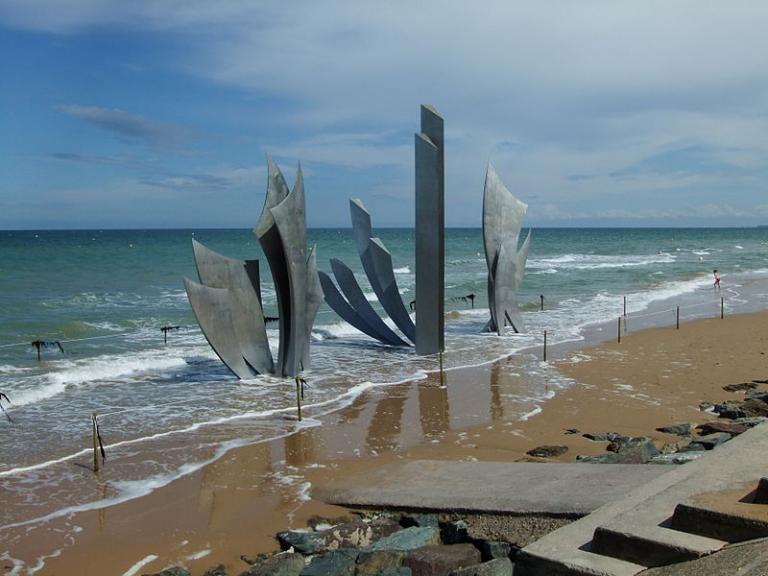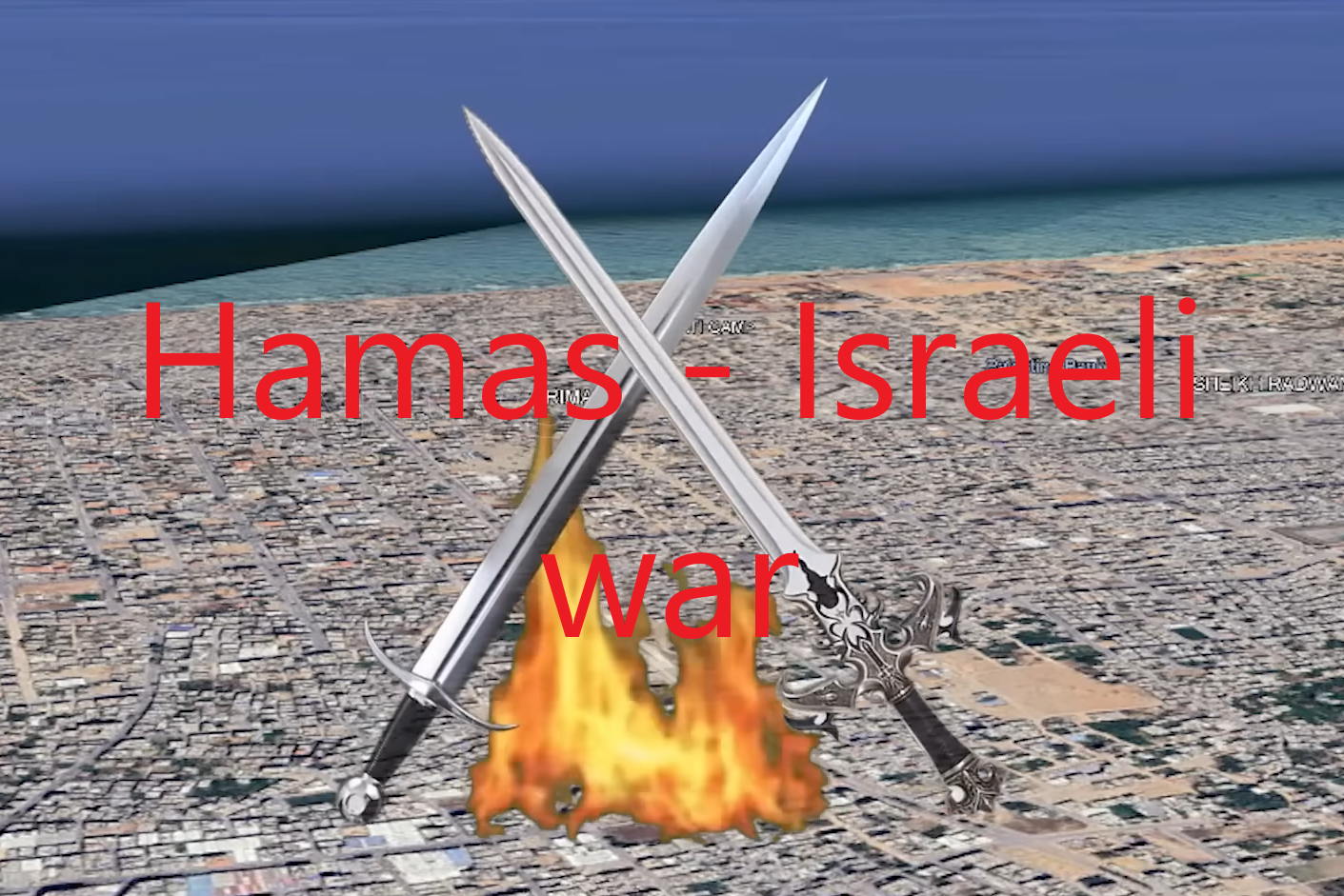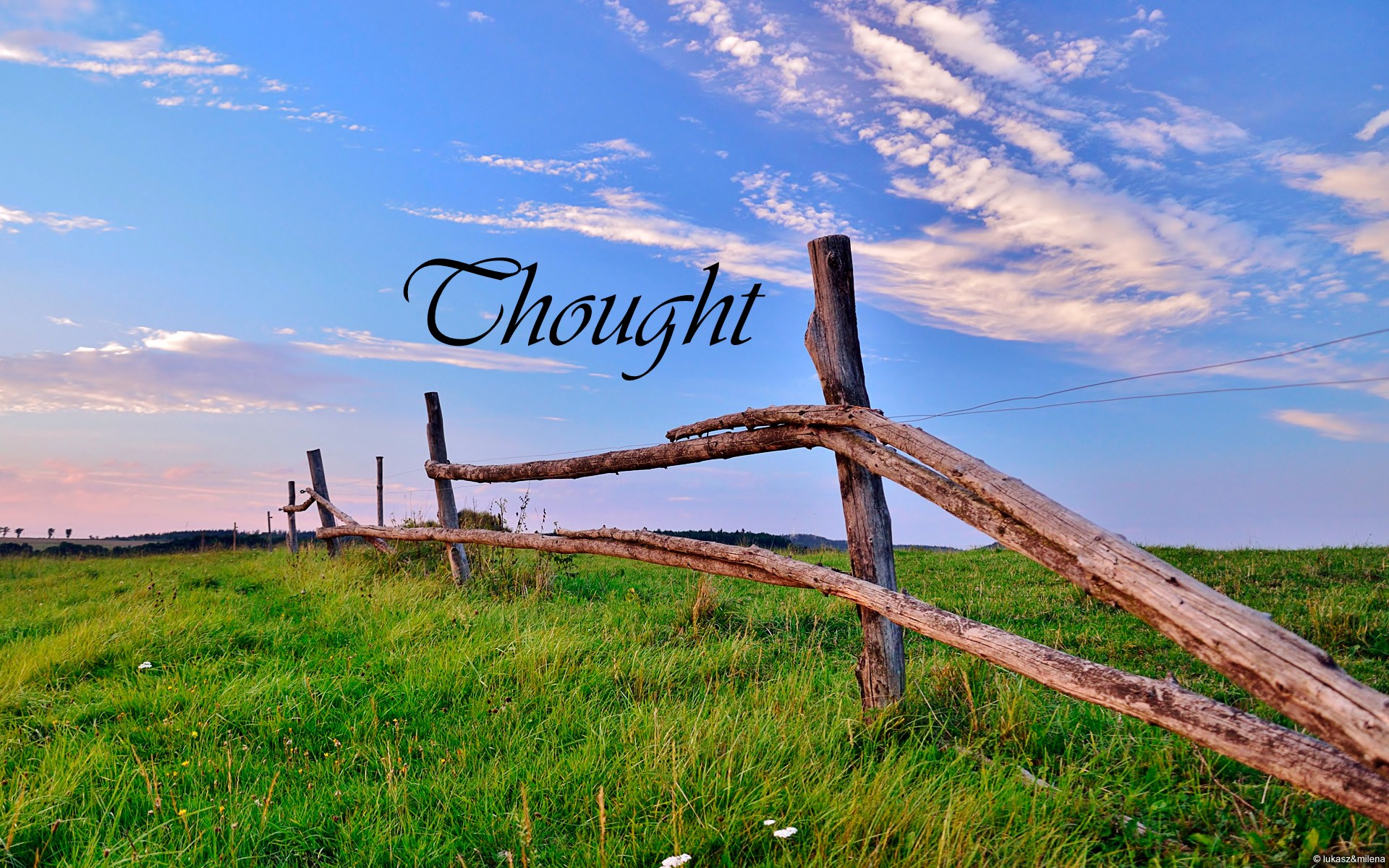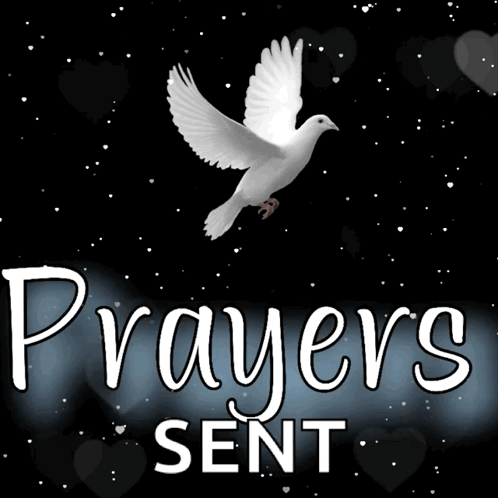War is not just about guns and battles and solemn ceremonies in the years that follow.
It is also about the personal memories of soldiers’ sacrifices and the emotional cost of surviving and then trying to bear witness to what people and you saw.
Lots of pepole experience trauma during war. Today in our regions were there has not been a battle for 74 years (when we do not take the Balkan war in account) most people living in West Europe have no idea about the actual horror of war.
Many do not know or do not think about the many people in ancient Greek history who had psychological problems from the battles they were involved. In the previous centuries lots of people experienced persistent nightmares or had other symptoms, such as feeling anxious and constantly on edge, which later became described as “soldier’s heart” during the American Civil War. But this history took a sharp turn a hundred years ago, during World War I, when the prevalence of what was then known as “shell-shock” or “combat or battle fatigue” meant that a formal treatment for psychological trauma was needed.
The intensity of the bombardment and fighting, all the continuous horrible noise, movements, and light accompanied by overactive responses that include involuntary defensive jerking or jumping (startle reactions), bringing sleep disturbances including battle dreams, nightmares, and inability to fall asleep, made from many helpless panicking people with an inability to reason, sleep, walk or talk.
With the commemoration of the 75th anniversary of the Normandy invasion — D-Day, several veterans spoke about the problems they still have today. Some even hoped with coming back to the place where it all happened, they would be able to make an end to the regular flashbacks they have, in which the trauma is relived at full emotional intensity.
Psychological trauma experienced during the war had an unprecedented toll on veterans, many of whom suffered symptoms for the rest of their lives. These ranged from distressing memories that veterans found difficult to forget, to extreme episodes of catatonia and terror when reminded of their trauma. The sheer scale of veterans experiencing such symptoms after World War I led to the definition of “combat stress reaction”, informing our modern concept of PTSD.
At the commemoration the previous day we could see several of the still living witnesses who had survived the tremendous battle which should never to occur again. D-Day was for many horrible, whilst for others it meant the liberation of west-Europe, the beginning of the end of World War II. Many youngsters today even do not know D-Day or what it stands for. By many the memory is fading. Historians estimate that only 500,000 of the more than 16 million Americans who served during World War II are still living. Fewer than 1,000 D-Day veterans are believed to be alive, according to the National World War II Museum in New Orleans.
The D-Day successes did not end the war — far from it. Brutal fighting continued through France, Belgium, the Netherlands, Austria and Germany into 1945. But D-Day gave the Allies a clear upper hand against the Nazis. Within three months, Paris was liberated. Less than a year later, Germany surrendered.
The inevitability that World War II veterans will be passing away in the next few years makes preserving their memory an urgent task. It is good that we nowadays can record audio and video recounting their experiences and veterans of more recent conflicts like the wars in Iraq and Afghanistan can present emails and blogs to document the experience.
Many complicated developments led to the terrible circumstances of World War II and the best way to prevent things like that happening again is to learn why they happened in the first place. Hopefully, then, we can notice harmful patterns and make better choices in the future.
It is extremely important to keep the memory high. The leaders of the many states should take every effort to give their citizens a real picture of what happened in history and should always give enough warnings to avoid a repeat of the disaster that took place twice in West Europe.
What is also important is to keep a bond of peace and readiness to help each other.
Emmanuel Macron, and surprisingly Donald Trump, showed signs of repairing frayed ties at yesterday’s D-Day commemorations, even if they remain fundamentally split on the climate, Middle East policy and well, just about everything.
Macron made a plea for the US president to embrace multilateralism in his speech, saying:
“America, dear President Trump, is never as great as when it fights for the liberty of others . . . as when it is faithful to the universal values championed by its founding fathers.”
Trump’s “America First” presidency and the international drama he has carried with him during his third trip to France meant the president delivered an address less heavily focused on international alliances than many of his predecessors.
In the previous months, more than once the American President seemed to have forgotten the value of the NATO and the necessity to have a united European Union.
Trump paid homage to the 160,000 American and Allied troops who landed on D-Day, altering the course of World War II. He read a prayer that President Franklin Roosevelt delivered in a radio address on June 6, 1944. But he offered little embrace of institutions such as NATO that rose out of the ashes of the fighting. Trump did not mention NATO by name in his address.
“To all of our friends and partners: Our cherished alliance was forged in the heat of battle, tested in the trials of war, and proven in the blessings of peace,”
Trump, laconic saying also
“Our bond is unbreakable.”
The American president has in the past accused allies and NATO partners of “ripping off” the United States.

Troops crouch inside a Higgins boat just before landing on Omaha Beach on D-Day. – U.S Coast Guard, National Archives
Jon Soltz, chairman of VoteVets said about the present American President
“He’s probably the worst president in our history to commemorate this moment,”
and agreed that
“He’s undermined the alliances which gave us peace in Europe for over 70 years.”
Dan Caldwell, executive director of Concerned Veterans for America, countered that Trump has pursued the same foreign policy he campaigned on in 2016. Many of those arguments, including Trump’s remarks on NATO, generated news coverage at the time, so his positions should not have been a surprise to voters.
“He should talk about how the world has changed since the end of World War II, and why he is pursuing a foreign policy that is much different than his predecessors.”
“I think he can do that in a positive way,”
he said,
“explaining the world is changed and that it requires us to look at problems differently than we did 25 years or 75 years ago.”
More than once that American leader showed not to know enough about history or to be not emphatic with people with war problems. How one could expect an interest in history or a sense of insight from his citizens when the leader does not?
Problem is with some present leaders is, that they do not want to have intellectual humility, which requires a willingness to listen and to learn. The previous days we, like all the people over there at the Normandy beaches, had to remember those young soldiers. Boats disgorging combat troops cut down immediately on the sands by a losing enemy who would not admit defeat for another year. Youngsters of not yet 20, many to have grown up on farms, or as sons of factory workers, thrown before the lions.
By remembering we also should spread those stories. We also should make sure that memory is not just the domain of the old. It can remind us of what we are capable of doing, but even more important:
of what we should avoid happening again.

+
Preceding
Invasion of Normandy a day never to forget
Blood soaking the water at democracy’s beachhead
+++
Related
- Normandy veteran Jim Radford performs song about D-Day horrors to hundreds of veterans
- Prayer for the World
- President Trump’s Speech on the 75th Anniversary of D-Day in Normandy
- My Father on D-Day: Why Do You Ask This?
- D-Day at Normandy
- The “D” in D-Day literally just stands for “Day” – for the military it’s still used, but more loosely now, to indicate the starting day of an operation (like the day of the Normandy landing).
- Sometimes, a Picture Says It All
- 75 years later, D-Day hits close to home for Global News audience
- 97 Year old WWII vet jumped onto Normandy, 75 years after he did it the first time.
- The Greatest Generation, or Thomas W. Higginson lands on Omaha Beach
- Read: Trump’s tribute to veterans on the 75th anniversary of D-Day
- So many of today’s dignitaries are unfit to mark the events of D-Day
- Thought for Shabbat



























 Biblestudents – Bijbelstudenten
Biblestudents – Bijbelstudenten 0 + Bloggers for Peace
0 + Bloggers for Peace Free Christadelphian Ecclesia
Free Christadelphian Ecclesia Hoop tot Leven – Redding in Christus
Hoop tot Leven – Redding in Christus Vrije Broeders in Christus (Free Flemish Christadelphians on Wordpress)
Vrije Broeders in Christus (Free Flemish Christadelphians on Wordpress)















Thank you for linking to my blog. I am honored. You honor my father as well. Regards, Catherine
LikeLike
It is my pleasure. All respect for the medics who had to face lots of suffering and death. I also know from my father’s history (him also a pharmacist) often people where not so happy them treating also wounded Germans.
LikeLike
Thank you for writing such a thought-provoking blog!
LikeLike